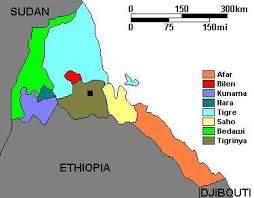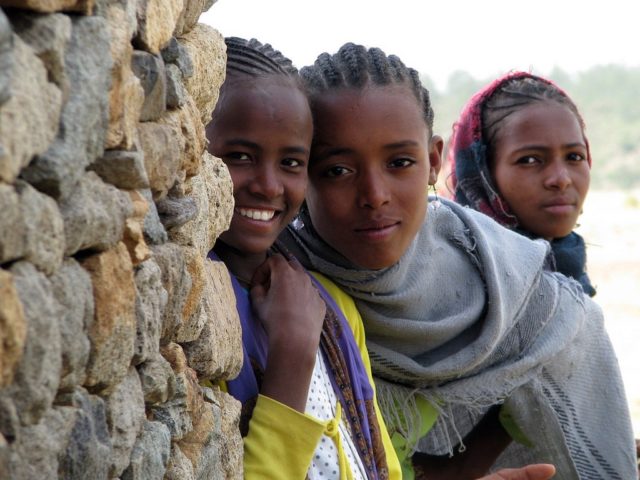Language Connections is happy to support the Idaho Office for Refugees with translation services for their efforts to aid in the resettlement process for many immigrants to the U.S. LC supports the IOR with immigration translation services. Recently we provided services, which involved Tigrinya translation. Tigrinya is a rare language, and it was our first time providing services for this language. Read on to find out what we learned about this language and its culture!
In 2010, 824 refugees and special immigrants arrived in Idaho alone. Places of origin can be traced to 17 different countries. The numbers continue to grow, with refugees arriving to the United States from all over the world. The Idaho Office for Refugees (IOR) works to help such refugees transition to life in the United States, providing translation services and helping them to resettle throughout the country. The IOR supports the resettlement process by helping to provide temporary financial assistance, offering English language training, employment services, immigration assistance, language assistance, case management and social adjustment services in all of the communities where refugees are resettled.
Translation Services for Tigrinya Immigrants

For those of you who are not familiar with this language, Tigrinya comes from an ancient Semitic language, Ge´ez, and is closely related to the Tigre language with which it shares a common script. Tigrinya – which means “the language of the Tigray people” – is the primary language spoken by the people who live in the southern highlands of Eritrea and the northern highlands of Ethiopia´s Tigray province, as well as Ethiopia´s Gonder and Welo provinces. There are approximately 2 million native Tigrinya speakers in Eritrea, and 4 million in Ethiopia. In Ethiopia, Tigray is the name of both the people and the province in which they live. In Eritrea, however, the people are named after the language which they speak, Tigrinya.

The Tigray of Eritrea mounted a revolt against the Ethiopian annexation in 1962. The Tigray of Tigray Province joined this movement after the overthrow of the monarchy in 1974. In 1985, the government punished the Tigray people by denying them aid during the worst drought in modern history. Government planes then bombed a caravan of Tigray people immigrating to Sudan in search of food. This resulted in six years of bitter struggle. The Tigray won, and for the first time in over 50 years the Tigray people in Ethiopia were given access to aid.
Coming to the US

Tigray women
Both countries have been devastated by 30 years of recurring drought and civil war. Eritrea finally gained independence in May of 1991. As a result of political and economic strife at home, many Tigray and Tigrinya refugees have come to the United States to escape political persecution and famine. The Idaho Refugee Office helped these refugees to start a new life in the United States. We at Language Connections are proud that we have played a role through translation to provide them with necessary written materials in their own native language.
About Language Connections:
Language Connections is one of the top language service companies in the US. Over the last 30 years, we’ve focused on providing the best business translation services, interpreting services, as well as interpreter training and customized language training programs. In addition to top-tier corporate language training, we offer certified corporate interpreters and professional business translation services in 200+ languages. Our network includes linguists with backgrounds in all major industries. They’re ready to meet your needs, whether they’re for technical translation services, legal translation, government translation services, international development translation services, education translation services, life sciences translation, or something else. Reach out to us today for a free quote on our cost-efficient and timely translation services, interpreters, or other linguistic services.
Language Connections Inc.
2001 Beacon Street, Suite 105,
Boston, MA 02135
Phone: +1-617-731-3510
Email: service@languageconnections.com


